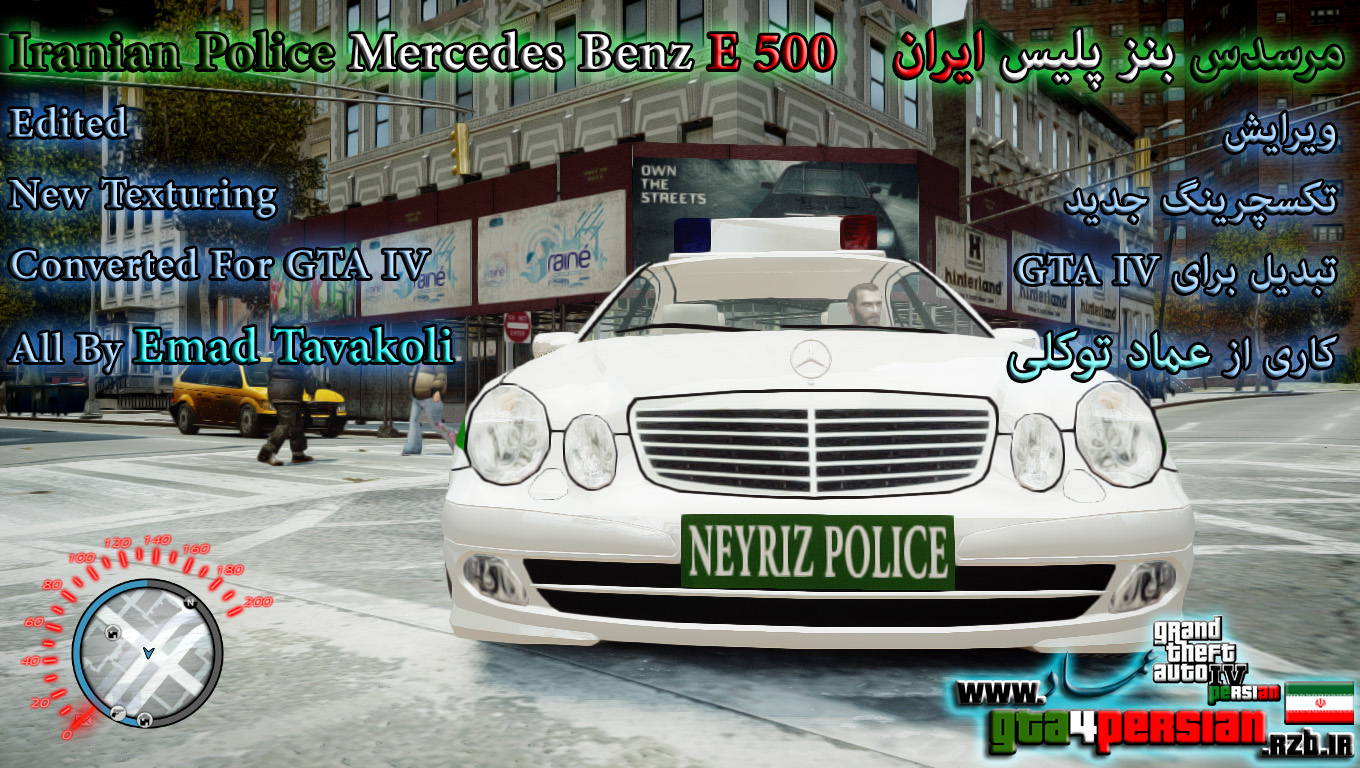نیلوÙر امینی Ùر At The Crossroads ⸸Ø⸸ Ø
In ligurian, the grave accent marks the accented short vowel of a word in à (sound [a]), è (sound [ɛ]), ì (sound [i]) and ù (sound [y]). He points out that transcriptions of é (or é.gal) generally use /h/, even in. In sumerian (and thus akkadian, hittite, etc) cuneiform, there are often several glyphs which have the same pronunciation (as far as we can tell)
Free stock photo of این عکس ها با موبايل گر٠ته شده
So the glyphs pronounced /u/ will be. Jagersma agrees with gelb that sumerian had hidden phonemes /h/ and /ʔ/, but disagrees about /ħ/. The problem is, there is no official spelling because there is no official language
- Roger Federer Children 2024
- What Happened To Jinna Han
- Buffy The Vampire Slayer Now
- Dr Sandra Lee Kids
- Barry Manilow Commercials
Alsatian is a german dialect spoken in what is nowadays france, influenced more or less,.
As opposed to à, è, ì, ò, ù, and so on In linguistics, i've always seen the term stressed be used in this context Its opposite would be unstressed Yes, there is such norm although limited in both time and space
Representing /y/ as ü is a german usage and unsurprisingly, it is only found in occitan texts written in germany,. There are two terms used for pairs of words (in the same or different languages) that look similar but are actually unrelated False friend and false cognate Does there exist a phonetic english alphabet constructed from standard english letters plus diacritical marks

GTA Gaming Archive
For example, fine might be written fínė, such that í = aɪ and a.

ا٠٠ائØØ© 14-8.pdf

Free stock photo of این عکس ها با موبايل گر٠ته شده

At The Crossroads | ⸸Ø⸸ | Ø

Free stock photo of شکو٠ه هاب بهاری